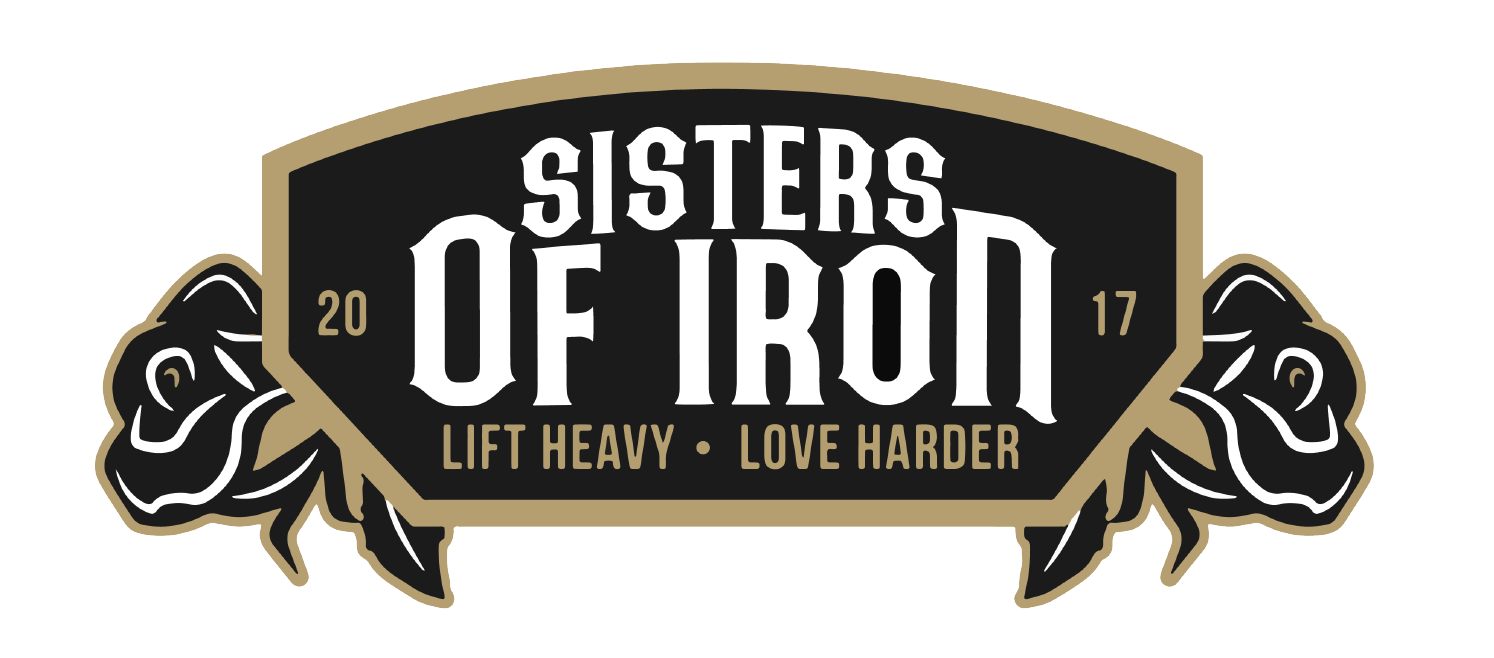Coach George "PittBoss" Cano | How Do I Get Stronger?
“How do I get stronger?”
Now that I have been lifting for a minute or two and I have competed in my first meet. I have enjoyed the big PR’s from my initial programs but now I’m starting to slow down. What do I need to do, what do I need to change to continue to get stronger? Well lets exam a few things we have learned so far. This information could be grabbed from your training, your meet or feedback from other lifters or your coach, either way these issues are universal for all lifters at pretty much any stage of experience. That is the breakdown of your individual lifts and identifying your weaknesses.
First for all 3 lifts let’s take a look at your bar speed, where does your bar speed slow down at. You have heard this before and it rings true now as it did back in the Russian dominance era of lifting. You aren’t getting stronger, if you aren’t getting faster, period. Speed and explosiveness is the key. Once you identify where the bar slows down on each of your 3 lifts, it will help you identify one of your weaknesses in your lifts. If I bench with an arch at what point in the lift does it break down eccentric, concentric same thing with my back. Does my back start to round over and I lose my neutrality at what point in the lift? My lats are so very important as well in the above lifts, so what portion of the lift do I feel like I lose that tightness. Information like this is important to understand because it for one identifies your weaknesses and issues with your lifts. Usually these breakdowns will only identify themselves at a higher percentage where technique and form are essential to be able to execute the lifts to lockout.
As a conjugate Coach I have studied this system since the early 90’s, have incorporated its method for years with my own lifters to a great success. I have also had the pleasure of being coached by one of the Westside legends themselves Laura Phelps, who trained me for a solid year leading up to my USPA World Championship. So I will speak on addressing these weaknesses from a conjugate Coaching point of view. This is not to say other methods don’t address it in their own programming ways, I am just speaking on it from my choice of method.
Exercise rotation is an important key to being able to train at a high intensity week in and week out. It allows you to train in the upper %’s week in and week out and helps address specific weaknesses within your 3 main lifts. It isn’t just about box squats and good mornings to build that back, but having knowledge of the muscle groups associated with the lifts and being able to find variations that target those individual muscle groups. Everything you do in terms of exercise selection should have a purpose in carrying over to the lift you’re trying to build. For example, let’s say the lifter is explosive off the ground during the deadlift, the bar flies up to the knees in record time but then slows considerably. To the point where he/she is hitching the bar up to be able to lock it out. Does this lifter have a weakness, is it off the floor? Does this lifter need to be working a lot of accessories to improve his bar speed off the ground or his strength at the bottom? Should we bombard this lifter with a lot of deficit work to improve that lower bar strength? Or does it sound like we need to work on their upper lockout, would rack pulls be more effective maybe some glute and hammy work to improve his hip strength. Maybe add some bands or chains into the mix to hit some accommodating resistance to help with the lockout phase.
Address those specific weaknesses with exercises that will build that portion of the lift. One of the great tools we use in conjugate is bands, boards, chains, etc. etc. Accommodating resistance helps us address what we call submaxim sticking points. A normal bar weight, let’s say 135lbs is technically 135lbs on the bottom and 135lbs at the top, somewhere in between is their failure point. By adding accommodating resistance, you can increase or even decrease using the lightening method the weight along the bar path to help address that specific weakness. In bench let’s say you fail at around two inches off the chest a common area during the transition between chest and triceps. That specific point in your lift can be addressed thru pin presses or boards to help strengthen that actual point in your lift. I can go on and on with specific examples but I hope you understand the point I am making. I don’t recommend using bands or chains 3-4 weeks out from a meet but essential during training.
Accessory work is also very important way to address those weaknesses in your lifts. Performing exercises that strengthen your muscle groups, you will strengthen your lifts. The bottom line is for example if I can lockout 500lbs on the bench, but I can only press 460 off my chest. Do I have a 500lb bench press? No my bench press is 460, however if I can strengthen my sticking point and increase my strength at the bottom of my press, now I have that 500lb bench press.
George “PittBoss” Cano
Owner/Head Coach Pitt Powerlifting


Leave a comment